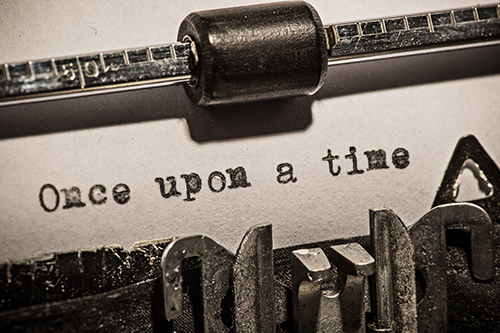All about writing – including advice from a mouse, dire warnings from a chicken, and a Machine of Death.
Table of Contents
HOW-TOS, HELPS, (AND ADVICE FROM A MOUSE)
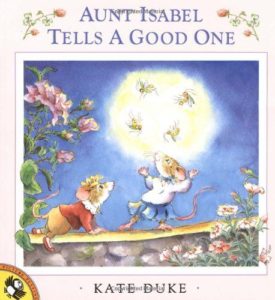
|
In Kate Duke’s Aunt Isabel Tells a Good One (Puffin, 1994), Penelope – an enchanting little mouse – demands a story from her Aunt Isabel after supper. A good story, however, Aunt Isabel explains, needs just the right ingredients – beginning with “a When and a Where.” With a lot of imaginative input from Penelope, Aunt Isabel helps her weave a perfect plot, complete with setting, characters (valiant Lady Nell, a captive prince, a villainous Odious Mole), conflict, suspense, and a satisfying ending. For ages 4-8. |
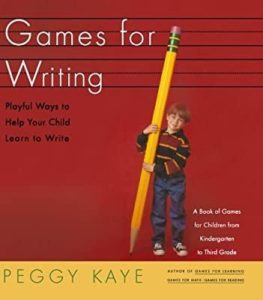
|
Peggy Kaye’s Games for Writing: Playful Ways to Help Your Child Learn to Write (Farrar, Straus & Giroux, 1995) is a mother lode of creative projects and activities for young writers. Kids, for example, make story maps and pretzel letters, invent acrostic poems, make shape books and family journals, create comics, write a play, or try their hands at producing the longest story ever written. For ages 5-8. |
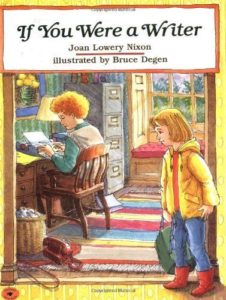
|
In Joan Lowery Nixon’s If You Were a Writer (Aladdin, 1995), Melia’s mother – a writer, shown at a typewriter surrounded by sheets of scribbled-upon yellow paper – explains the writing process. “If you were a writer you wouldn’t tell about what happened in a story. You’d think of words that show what is happening.” The conversation is somewhat stilted – Melia’s mother doesn’t have a lot of pizzazz – but she does explain the essentials of the writer’s craft. For ages 6-8. |
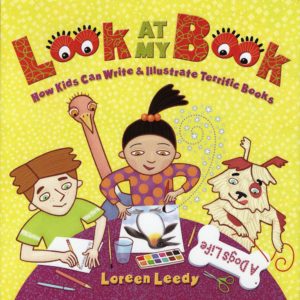
|
Loreen Leedy’s Look at My Book (Holiday House, 2005) is a 32-page picture-book account of how to write and illustrate your own book, from choosing genre, characters, and setting, to making a rough draft, revising and refining, preparing a layout, and combining finished pages in a bound book. For ages 6-9. |
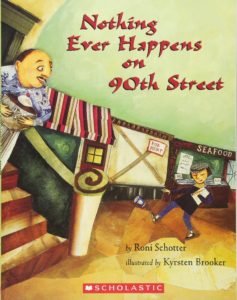
|
In Roni Schotter’s Nothing Ever Happens on 90th Street (Scholastic, 1999), Eva is stumped by her homework assignment, in which she’s been asked to “write what you know.” Passing neighbors give helpful writerly advice – be observant (“The whole world’s a stage,” says Mr. Sims, the out-of-work actor), use detail and imaginative language, exaggerate, add action – and finally Eva, by feeding her leftover Danish to the pigeons, sets off a chain of events that leads to a couple falling in love, the invention of a marvelous mousse, the opening of a new restaurant, and a great story. For ages 6-10. |
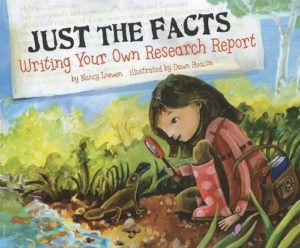
|
Nancy Loewen’s Just the Facts (Picture Window Books, 2009), one of the Writer’s Toolbox series, is a nicely organized 32-page picture-book explanation of how to write a research report. (“First you’ll need to pick a topic. You’ll learn what experts have to say about your topic. You’ll take notes. You’ll organize facts. And when you’re done with those steps? THEN you’ll write.”) Each step of the process is clearly explained, using an example of a little girl writing a report about the duck-billed platypus. For ages 7-9. |
| Other books in the Writer’s Toolbox series (Picture Window Books, 2009) cover different genres of writing in the same fashion, including playwriting, journaling, letter-writing, poetry, humor, horror stories, picture books, and fairy tales. Titles are Action! Writing Your Own Play, It’s All About You: Writing Your Own Journal, Make Me Giggle: Writing Your Own Silly Story, Once Upon a Time: Writing Your Own Fairy Tale, Share a Scare: Writing Your Own Scary Story, Show Me a Story: Writing Your Own Picture Book, Sincerely Yours: Writing Your Own Letter, and Words, Wit, and Wonder: Writing Your Own Poem. | |
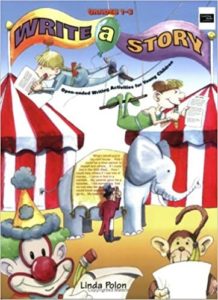
|
Linda Polon’s Write a Story (Good Year Books, 1998) is a 100-page workbook of (very short) story-writing exercises combined with grammar instruction.Covered are types of sentences, parts of speech, synonyms and antonyms, contractions, homophones and homographs, compound words, double negatives, prefixes, and suffixes, punctuation, similes and metaphors, and writing genres. For ages 8-11. |
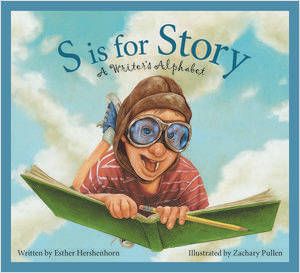
|
Esther Hershenhorn’s S is for Story: A Writer’s Alphabet (Sleeping Bear Press, 2009) is a picture-book A-to-Z account of writers’ tools and techniques. Each page has short rhyme about the featured topic, a detailed explanatory paragraph or two, and a quote from a well-known children’s author, such as Andrew Clements, Katherine Paterson, Beverly Cleary, or J.K. Rowling. B, for example, is for Book, C for Character, N for Notebook, W for Word Choice. For ages 8-12. |
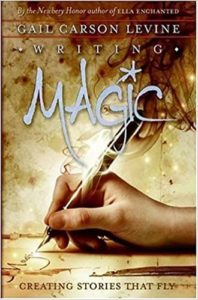
|
Gail Carson Levine’s Writing Magic: Creating Stories That Fly (2006) is a conversational and delightful guide for young writers, filled with stories about Levine’s own experience of writing, helpful information about the writing process, and writing exercises. In fact, it starts off – on the first page of chapter one – with a list of proposed first sentences that will have any young writer itching to grab a keyboard, pencil, or pen. For ages 9 and up. |
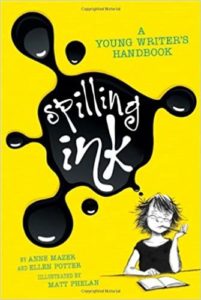
|
For the same age group, also see Ellen Potter and Anne Mazer’s Spilling Ink: A Young Writer’s Handbook (Square Fish, 2010). |
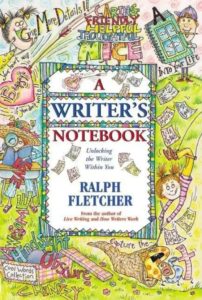
|
Ralph Fletcher’s A Writer’s Notebook (HarperCollins, 1996) explains how to take notes to serve as seeds for stories, poems, and other writing projects. “A writer’s notebook gives you a place to live like a writer…wherever you are, at any time of day.” Included are samples of notebooks by both published writers and young beginners. For ages 9-12. |
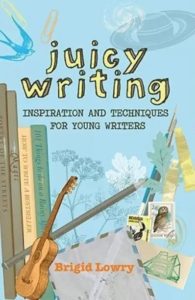
|
Brigid Lowry’s Juicy Writing (Allen & Unwin, 2009) is a mix of inspiration and technical advice for young writers, with exercises that include such challenges as inventing a new religion, writing about a day in the life of a shoe, or re-casting your life as a fairy tale. A final chapter includes a resource list of websites and writer’s organizations. For ages 12 and up. |
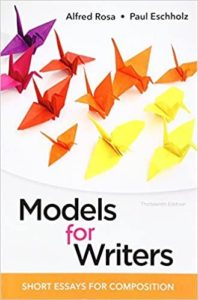
|
By Alfred Rosa and Paul Eschholz, Models for Writers (Bedford/St. Martin’s Press, 2012) is a collection of short essays, each accompanied by discussion questions, a vocabulary list, and related writing suggestions. The essays are used to illustrate technical aspects of the writing process – such as organization, beginnings and endings, transition, tone, figurative language – or as examples of various essay types (narration, process analysis, comparison and contrast, cause and effect). An excellent and challenging resource for high-school-level students and up. |
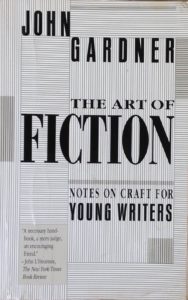
|
John Gardner’s The Art of Fiction: Notes on the Craft for Young Writers (Vintage, 1991) is a classic of its kind, filled with astute observations on what to think about when writing fiction, what to watch out for, and what to remember – namely that “there are no rules for real fiction.” For teens and up. |
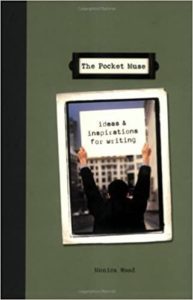
|
Monica Wood’s The Pocket Muse (Writer’s Digest Books, 2004) – subtitled “ideas & inspiration for writing” – is a cleverly designed compilation of helpful hints, writing prompts, and creative thinking exercises, packed with quotations, photographs, and examples. Also see The Pocket Muse 2 (2009). For teens and adults. |
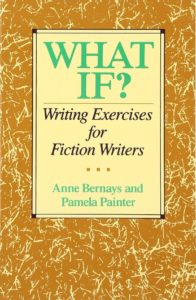
|
By Anne Bernays and Pamela Painter, What If? Writing Exercises for Fiction Writers (William Morrow, 1991) is filled with excellent exercises on all aspects of writing: story beginnings, journaling and memory, characterization, point of view, dialogue, plot, story elements, resolutions, mechanics, writing games, and “Learning from the Greats.” For teens and adults. |
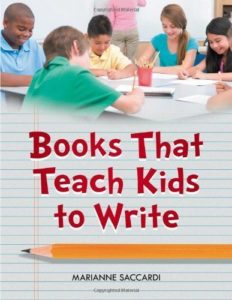
|
Marianne Saccardi’s 178-page Books That Teach Kids to Write (Libraries Unlimited, 2011) is a treasure trove of suggestions, activities, and information on writing for kids in grades K-12 – all illustrated with excellent examples from literature, and accompanied by lengthy annotated book and reference lists. Various book sections deal with instilling a love for language, ideas for sparking reluctant writers, ways of creating a unique writer’s voice, approaches to inventing believable and memorable characters, modes of non-fiction writing, and suggestions for enhancing writing through drama. Appendices include reproducible activity sheets and a bibliography of books featuring characters who write. |
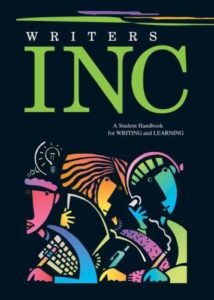
|
By Patrick Sebranek, Dave Kemper, and Verne Meyer, Writers INC. (Write Source, 2006) is a fat (600+ pages), nicely designed and organized tome on the writing process intended for high-school-level students. The book covers the writing process, forms of writing (personal, subject, creative, persuasive, academic, literary, research, workplace), writing tools, and proofreading. A useful reference. |
| See Write Source for more information on student writing handbooks, a list of writing topics categorized by grade level (1-12), student writing models, research links, and style criteria. | |
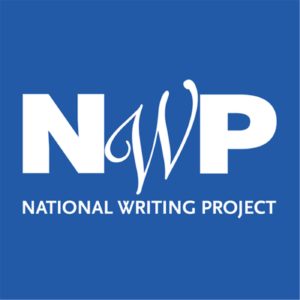 |
The National Writing Project (NWP) is a national network promoting writing for students of all ages, from preschool to college. The website lists resources on all aspects of writing, including activities and projects for young writers, informational articles and essays, and research publications. There’s also an online bookstore devoted to writing education. |
| ReadWriteThink has a long and excellent list of lesson plans for writers, categorized by grade level. Enter “Creative Writing” in the search box, for example, for projects in which kids devise stories to accompany wordless picture books using an online interactive story map; invent alternative endings for familiar books; investigate magic realism; write fanfiction; and much more. For a range of ages. | |
| See Annenburg Learner for numerous workshops on teaching writing and assorted courses for students. Elements of a Story, for example, is an interactive program introducing setting, characters, sequence, exposition, conclict, climax, and resolution using the example of Cinderella. | |
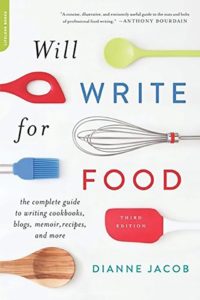
|
Want to write a cookbook? Dianne Jacob’s Will Write for Food (DaCapo Lifelong Books, 2010) is a complete guide to food-writing, with writing exercises, examples, background information, suggestions for getting published, and a resource list. The book is aimed at adults, but could be the source of a great parent/child project. |
